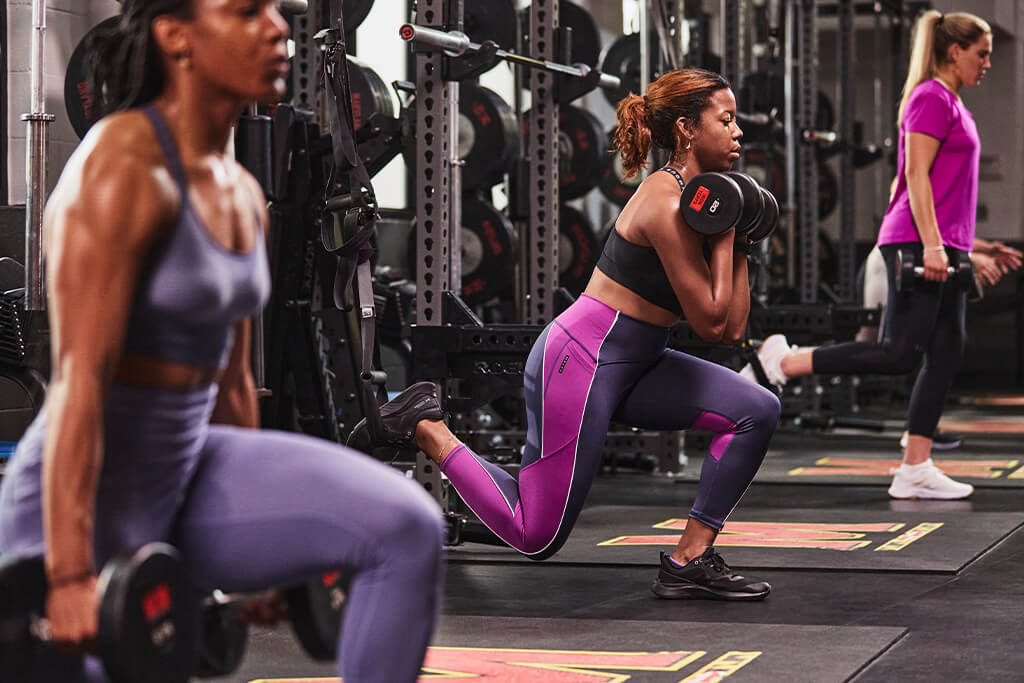
The eternal question when squatting: How deep should you really go?
Squats are often discussed with the same passion as politics – everyone has an opinion about what is right and wrong. But many of the "truths" that circulate are misleading. One example is the advice that "the knees should never pass the toes." Although this advice lacks scientific support, it has persisted for decades.
Research shows that limiting the knees can reduce the load on them, but at the cost of increasing the load on other parts of the body, such as the hips and lower back. As long as the heels stay on the ground and the center of gravity is stable, it is perfectly fine for the knees to go past the toes.
Are squats good for you?
Squats are one of the most basic movements in everyday life – we sit down and stand up several times a day. Therefore, the answer to the question "Are squats good for you?" is an obvious yes. The discussion is more about technique and depth.
Your squat will likely look different from someone else's. This is due to differences in mobility, strength, and anatomy. The muscles around the knee joint – hamstrings, calves, and quadriceps – work together to create balance and stability. Forcing the body into a position that is not suited to your structure can lead to discomfort or pain.
Deep squats: Does everyone have to go "ass-to-the-grass"?
Performing deep squats can be beneficial, but it is not necessary for everyone. Deep squats require full mobility in the ankles, knees, hips, and spine. If you have difficulty reaching a deep position, it is often due to limitations in mobility or strength.
A simple way to improve your deep squat is to practice bodyweight squats as deep as possible with control. Daily practice of sitting deep can improve mobility over time. It is also important to adjust your stance width and foot position to what feels natural for you:
- Toe direction: Start with your feet pointing straight ahead and try angling them outward at different degrees (for example, 11 and 1 or 10 and 2 on a clock).
- Foot width: Start with shoulder-width and experiment with widening the distance. A wider foot placement activates the glute muscles more, while a narrower stance focuses more on the quadriceps (front of the thighs).
Why some people struggle to go deep in squats
Doing deep bodyweight squats is one thing, but when weights are added, the challenge changes. Limitations in mobility may become more apparent, and for some, it becomes harder to maintain control at the deepest point.
Part of this may be due to the anatomy of the hip. The depth of the hip joint varies between individuals, and a deeper hip joint can limit the range of motion. This is genetic and cannot be changed, but with the right adjustments, even people with deep hip joints can improve their technique.
How deep should you go in a squat?
There is no universal answer to how deep you should go in a squat. If your back starts to round at the bottom, a movement known as "buttwink," it is a sign that you have reached your maximum depth. With weighted squats, you should avoid going deeper than this point, as it could increase the risk of injury.
However, with bodyweight squats, "buttwink" is not as problematic. Here, you can use the deep position to improve your mobility and stability.
If you have difficulty finding the right depth, you can use a box or stacked mats to adjust the height. Start with a higher level and gradually lower it as your mobility improves. The key is to maintain control throughout the movement.
Test your squats to find your perfect depth
A simple way to test your range of motion is to get on all fours and slowly rock your hips back toward your heels. Observe when your back starts to round – this is your natural range of motion.
If you want to deepen your technique, you can film yourself from the side and analyze where the movement is limited. This test can help you find the right depth for your squat and minimize the risk of injury.
Summary: Control before depth
The depth of your squat is less important than control. The key is to go as deep as your mobility allows without compromising your technique. Use bodyweight squats to improve mobility and stability, and adjust your technique and foot width to fit your body’s needs. With the right adjustments, you will improve your squat, move better, and become stronger.



